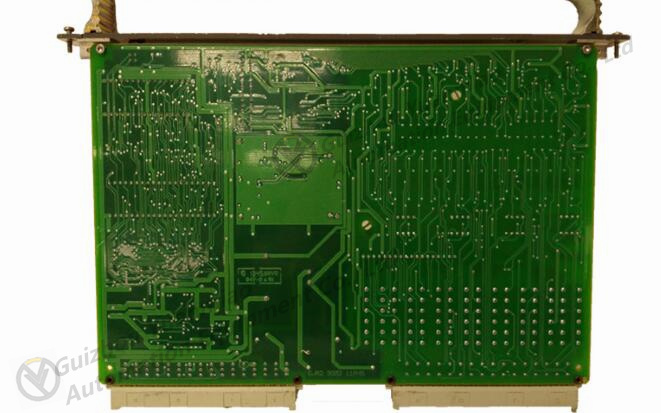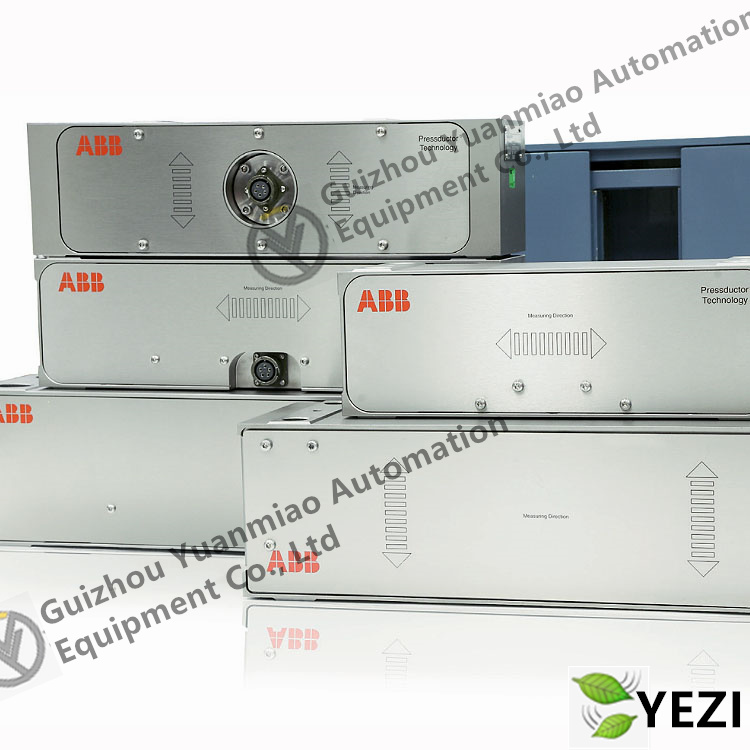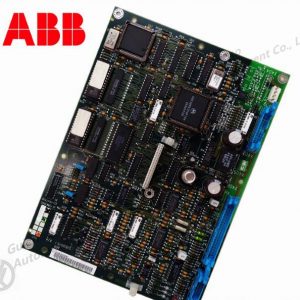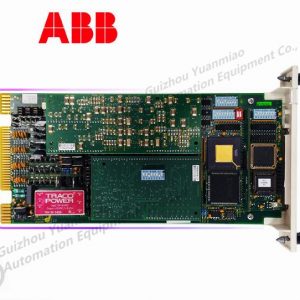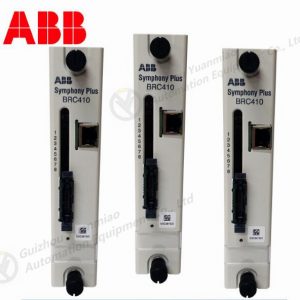ABB 83SR04C-E-GJR2390200R1411 Controller module
ABB AC 800M PM866 ABB PLC ABB DCS controller is a series of guideway installation modules, consisting of AC 800M CPU, communication module, power module and various accessories. Several CPU modules are available, which differ in processing capacity, memory size, SIL level and redundancy support.
Each AC 800M PM866 ABB PLC ABB DCS CPU module is equipped with two Ethernet ports for communication with other controllers and interaction with operators, engineers, managers and higher-level applications. The flash memory card can be inserted into the slot of the AC 800M PM866 ABB PLC ABB DCS CPU module to store applications and data.
Connectivity and expansion options make the AC 800M PM866 ABB PLC ABB DCS extremely open and scalable, that is, it is easy to connect to various monitoring systems and intelligent devices in the surrounding world, and adapt to changing requirements or deployment with the change of the process it controls.
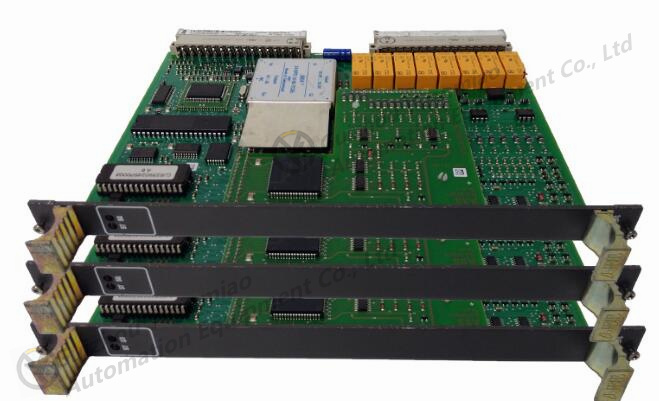
DCS is the abbreviation of distributed control system, which is applied in thermal power, large petrochemical, steel and other industries, and is initially good at the places where analog calculation and control and coordinated control of multiple controllers are used in thermal power and other industries; PLC is the abbreviation of logic controller, which is widely used and is initially good at logic control and sequence control places such as automobile industry. At this stage, there is no obvious boundary between DCS and (PLC+SCADA) systems, and their system structures and functions are basically the same in general industries. Scope of application PLC is mainly used in aerospace, power generation, petrochemical, steel, tobacco, pharmaceutical, food, petrochemical, metallurgy, mining, water treatment, transportation and other fields in process control, among which power plants are used in auxiliary workshops of large thermal power plants, water and electricity master control, etc. DCS is mainly used in process control, mainly in power generation, petrochemical, steel, tobacco, pharmaceutical, food, petrochemical, metallurgy, mining and other automation fields, among which the main control units of aerospace, thermal power, nuclear power, large petrochemical and steel must be controlled by DCS at present. The application of DCS and PLC in process control is mutually penetrating. In general, DCS can be used in all fields where PLC can be used functionally; Except for direct-fired engine, large thermal power master, nuclear power master, steel plant master and large petrochemical master, PLC+SCADA has all functions of DCS. We compare the hardware components of PLC and DCS. The architecture of PLC+SCADA is basically the same as that of DCS, or the architecture of PLC is more flexible. The subtle difference is that the hardware hot standby redundancy mode of PLC is dual-rack, dual-power supply, dual-processor and dual-network card redundancy mode. In the early days, DCS was dual-power supply and dual-DPU (distributed processing unit) on the same rack to form a redundant architecture. Now, DCS is composed of two integrated DPUs to form a hot standby redundancy architecture. The advantages and disadvantages of the two methods are not compared here. In terms of hardware * * *, PLC is unfavorable, and integrated CPU (DPU/CPU means that processors are not different) is more conducive to reduction. The redundant architecture of PLC has not changed, which is related to the early design architecture. Now some domestic PLC and DCS redundant architectures are the same. There is a difference between PLC and DCS in hardware. PLC has no redundant IO switching module, which may be that there is no demand for this module in the current PLC application field. In recent years, there has been * * * development in the design architecture of PLC. * * mainly promotes the bus communication mode between CPU and non-local support IO module and intelligent equipment, but instead uses industrial Ethernet. The bus is only used between local communication module and equipment, even the Ethernet 1-station infrastructure. DTM function can directly configure the equipment with standard protocol TCP protocol, and the communication is more convenient than DCS.
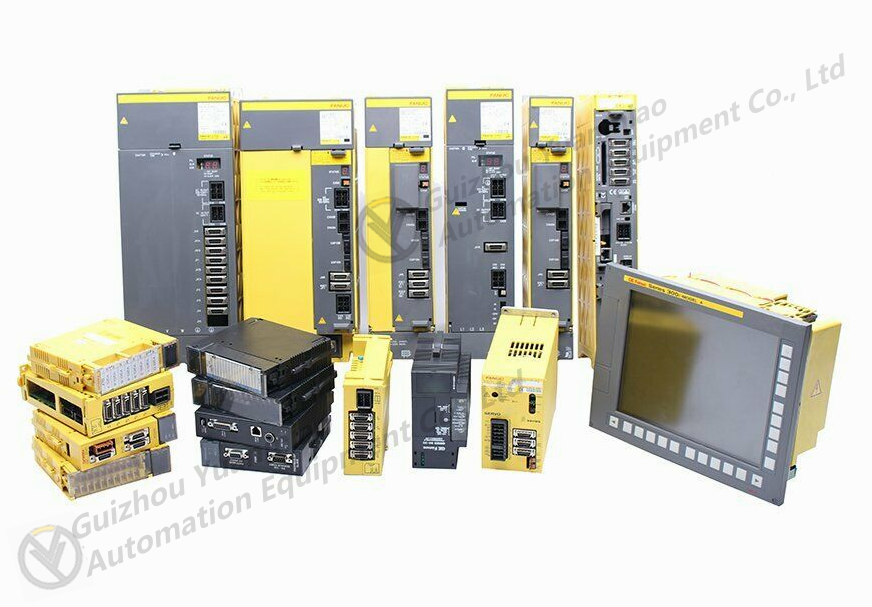
| ABB | 3BHB003154R0101 |
| ABB | 3BHB003688R0001 |
| ABB | 3BHB003688R0101 |
| ABB | 3BHB003689 |
| ABB | 3BHB004027R0101 |
| ABB | 3BHB005171R0101 |
| ABB | 3BHB005243R0105 |
| ABB | 3BHE009681R0101 |
| ABB | 3BHE021951R0124 |
| ABB | 3BHE024747R0101 |
| ABB | 3BHE027632R0101 |
| ABB | 3BHE039203R0101 |
[Disclaimer]
Our company sells new products and discontinued products, and purchases such special products through independent channels. Guizhou Yuanmiao Automation Equipment Co., Ltd. is not an authorized distributor, distributor or representative of the featured products of this website. All product names/product images, trademarks, brands and microlabels used on this website are the property of their respective owners. Product descriptions, descriptions or sales with these name images, trademarks, brands and logos are for identification purposes only and do not represent any association or authorization with any right holders.

